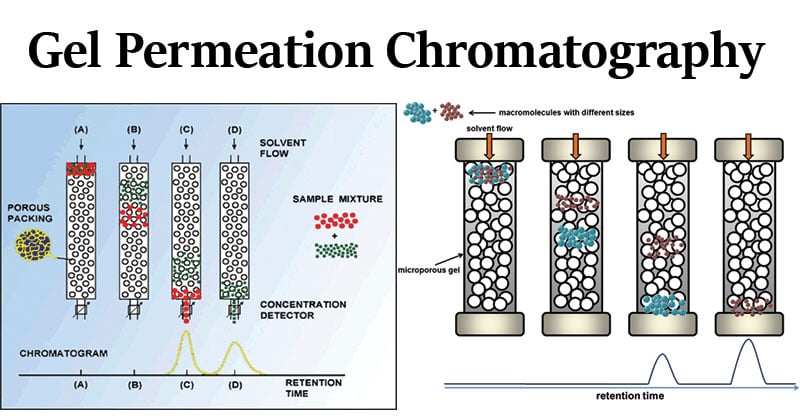DNA (deoxyribonucleic acid) is a polymer made up of monomers called deoxyribonucleotides. Each monomer, or nucleotide, consists of a phosphate group, deoxyribose sugar, and a nitrogenous base. The linear sequence of nucleotides encodes the genetic information of living organisms and is crucial to gene expression. Except for cell division, DNA is typically in the double stranded helical conformation, which protects the genetic information against chemical and enzymatic degradation.

There is an interest in finding a reliable and convenient method to calculating the molecular weight of DNA. Information about molecular weight of DNA, like calf-thymus DNA, which is widely used in biophysical and biochemical studies, is typically not provided by suppliers. Having a quantitative understanding of the molecular weight of DNA can be beneficial. It can be used to calculate the DNA coil hydrodynamic radius, as well as to determine how to handle, transfer, and measure your solutions. For example, a higher molecular weight DNA can often produce very viscous solutions that are more difficult to work with.
One technique used for measuring molecular weight and its distribution is gel permeation chromatography with light scattering. A drawback of this method is that dust and other particles can interfere with the flow and measurements.
Another technique to calculate molecular weight involves intrinsic viscosity analysis. Intrinsic viscosity is a fundamental property that quantifies the viscosity enhancement in dilute solution due to the presence of individual molecules like DNA. Intrinsic viscosity analysis relies on accurate and repeatable viscosity measurements. You can use our small-volume (< 100 μL per sample) RheoSense VROC® viscometers and Clariti™ software for seamless intrinsic viscosity analysis with minimal use of expensive DNA solutions.
For our recent application note, we show how we calculate the molecular weight of a highly polymerized (millions of Daltons) CT-DNA by performing intrinsic viscosity, or dilute concentration series, analysis. We use the small-volume and automatic VROC® initium one plus viscometer to perform shear rate sweeps at 25°C with the sample retrieval feature activated. In addition, the sample recovery feature on this unit allows for recovering your sample for future use. Download the application note or contact us to learn more about our VROC® initium one plus.
Written by: Chrystian Ochoa, PhD, RheoSense Applications Scientist


